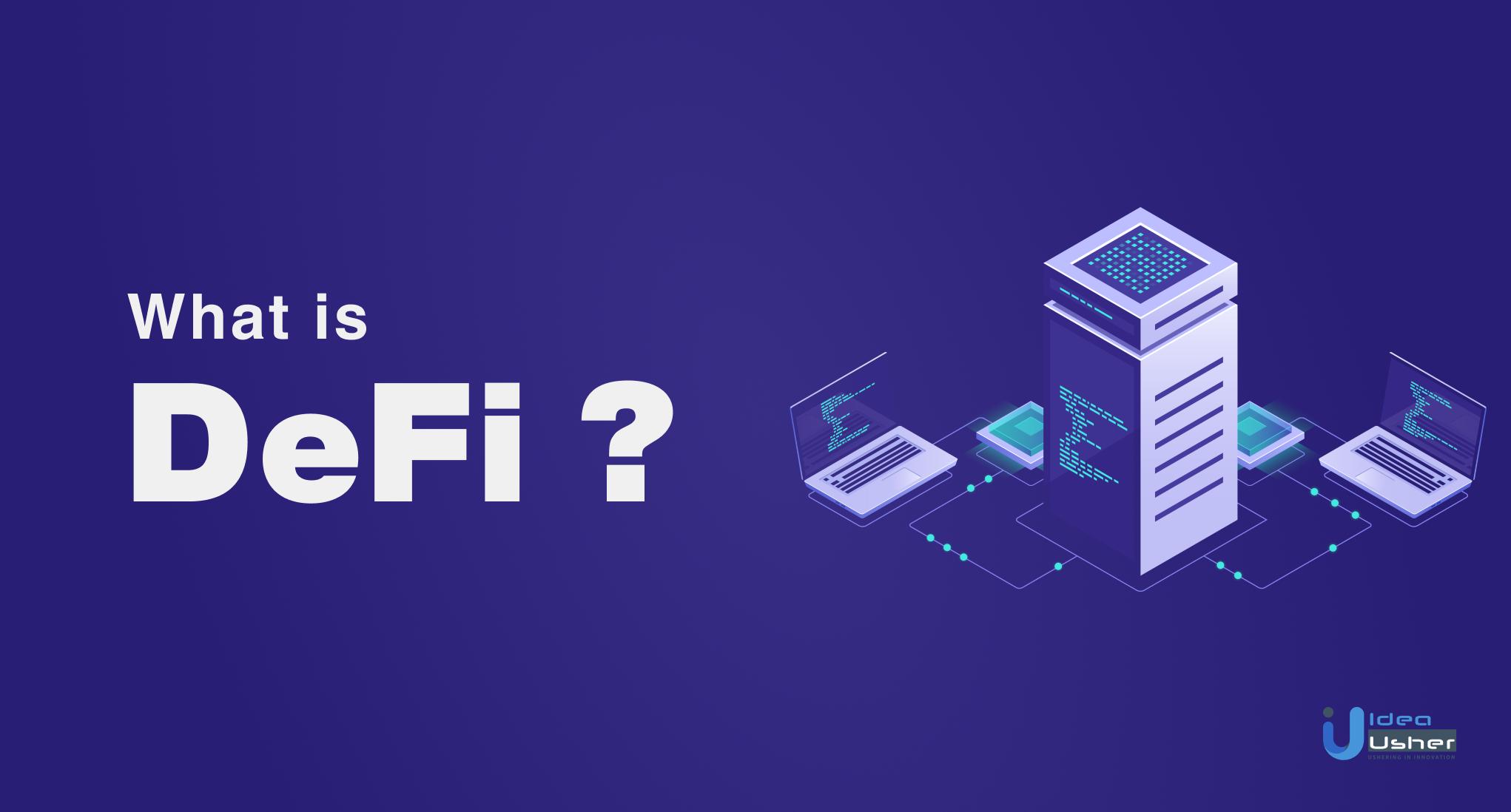Before starting with a complex definition that is hard to read and facts that are harder to digest, let’s start with a simple example here:
Suppose you want to go out and buy a computer. But you have to take a loan for it. Now, that is the hard part— which bank to choose? Which is the more feasible loan payment system? Etc etc. Thousands of questions flood your mind when it comes to financial dealings.
What if we told you that there is a platform where you can borrow and lend money, carry out other financial transactions, and even trade cryptocurrencies!
Furthermore, with rising in the crypto market, the DeFi market cap has grown multiple times within one year.
Statista reports that the DeFi market cap has surged by 100 million US dollars and has a revenue generation of over 300 million US dollars in 2021. Share on XAnd it gets more interesting: there are no owners or centralized authorities. Thereby ruling out the possibilities of corruption, fraudulent activities, and even have high chances of mismanagement.
Let’s dive into the DeFi concept and understand it better:
What is DeFi App?
For a clear understanding of every component of the app working, the following are some points:
- DeFi App is the next-generation Decentralized Finance Platform. You can access it easily on a mobile application or a website.
- It serves as a platform for decentralized financial applications powered by smart contracts.
- Decentralized Finance (DeFi) refers to the increasing use of decentralized technology in the context of finance.
- Blockchain technology enables users to generate smart contracts, trustless protocols, and cryptocurrencies that allow developers and users to interact without intermediaries, creating a borderless global market.
How it Works: A Beginner’s Guide to DeFi Apps
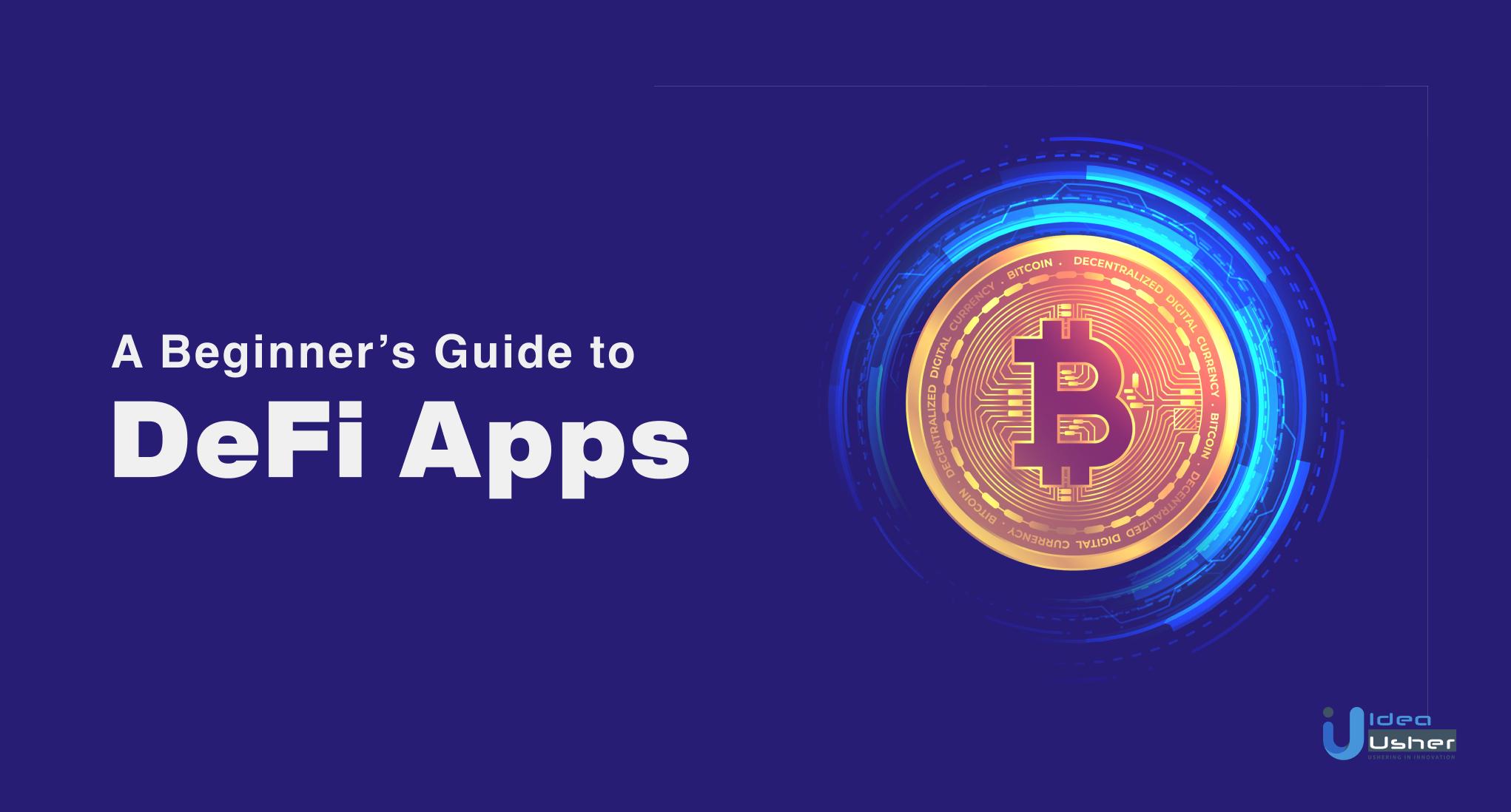
Such apps work by utilizing protocols like Ethereum, Stellar, or some other blockchain.
The way the apps work is that they each have their own token. For instance, there is a MakerDAO Dai token, which has one US dollar of value. Each of the applications in the decentralized finance ecosystem has its own token.
The DeFi applications are designed to be open-source so that developers can build out their own applications with complete transparency and the ability to access the source code.
The power of decentralized finance is that there are no single points of failure to build these applications. Anyone who wants to build on top of the protocols can do so.
Various Aspects of DeFi Apps
1. Borrowing and Lending
DeFi (Decentralized Finance) apps are the decentralized equivalent of finance-related institutions like banks. The idea behind DeFi is to provide solutions to problems that may arise when trying to borrow and lend money. For instance, if you want to borrow $1000, but there’s only $500 available, you can use DeFi to borrow $500 worth of tokens or cryptocurrencies.
2. Stable Coins
Stable coins are cryptocurrencies with their value pegged to a fiat currency, for example, the US Dollar. They use them as a medium of exchange and as a store of value – like Bitcoin – but their price is stable due to pegging to an external currency.
There are many different types of stable coin, the most prominent ones being:
Fiat-collateralized: You can back these stable coins with actual fiat currency held in a bank account.
Furthermore, you can inspect these accounts at any time by anyone, and this transparency allows the market to verify that a corresponding amount of fiat currency indeed backs the currency.
Examples of this type of stable coin include Tether, True USD, and the recently released Gemini Dollar. You can collateralize these stable coins with other crypto-assets such as Bitcoin or Ethereum instead of fiat currency.
This allows these coins to avoid the issue of having to be audited or verified by third parties because their underlying assets can simply be checked directly on a blockchain explorer.
Examples of such stable coins include Dai and Carbon. Seigniorage shares: These stable coins are backed by a pool of assets that gets periodically re-balanced so that it always equals a fixed value denominated in another cryptocurrency.
3. DEX (Decentralized Crypto Exchanges)
Decentralized crypto exchanges (DEX) enable users to trade cryptocurrencies without ever depositing their tokens with a central authority. The first such platform was EtherDelta, which launched in mid-2017. Since then, other DEXs have been created, including IDEX, Kyber Network, and 0x.
For the most part, DEXs rely on smart contracts, which allow users to deposit their tokens into a smart contract address managed by a third party. The user can then trade those assets within the smart contract until they decide to withdraw them back into their own wallet.
The main idea behind a decentralized exchange is that it’s a protocol between two parties that enables trustless peer-to-peer exchange of cryptocurrency while maintaining custody of their funds by keeping the keys in their control.
In this sense, it is different from a traditional centralized exchange where traders deposit their funds. Trading occurs on an account controlled by the exchange without any access to the trader’s wallet.
4. Margin Trading
Many of the most popular decentralized exchanges (DEXs) allow margin trading. Margin trading is speculative, but it can also be very profitable.
Margin trading is a relatively new feature in the cryptocurrency world. It gives you the option to borrow money from a platform to gain more exposure. If you’ve ever taken out a loan, this will make sense to you. Instead of borrowing money from a bank and paying interest for the privilege, you can borrow money from a platform and pay interest.
The advantage, in this case, is that you don’t need to spend any of your own money to increase your position in a given crypto asset. The disadvantage is that there’s always risk involved when betting on the price of an asset going up or down. If it does go down, you can either close out your position or hold onto it for longer. Either way, you have to pay back the platform’s principal plus interest before being able to withdraw your funds.
5. Insurance
The insurance industry is one of the blockchain technology will disrupt. With smart contracts, it is now possible for individuals to take out insurance policies with premiums that are automatically paid monthly. On the other hand, if an event triggers the smart contract, you can pay the insurance premium out in one lump sum.
This is just one example of how blockchain technology can disrupt the traditional financial industry through decentralization.
DeFi insurance apps factor in the past and the future to determine what a borrower should repay. Some cryptocurrency projects are also beginning to look at the future when determining the value of DeFi assets. Compound, for example, uses simulations to find out what an asset will be worth in the future, while dYdX allows investors to bet on how much an asset will be worth at a certain point in time.
5 Benefits of DeFi You Must Know

1. Security
Since DeFi smart contracts are already deployed on the blockchain, they can be trusted to act per their code. If you want to make sure that your transaction is secure, then use DeFi smart contracts—they’re open source and transparent, which means no one can tamper with them after they’re deployed.
Using DeFi also saves money for users since they don’t have to pay third-party commissions for using centralized services like banks or financial institutions.
There is no way to hack or screw up the system. The algorithm executes the instructions, and de-facto there is no way to disrupt it.
DeFi is a decentralized system, which means that all the units in the system are connected through a peer-to-peer network. This network makes use of cryptography to secure the information and make sure that everything is processed correctly. This makes DeFi systems immune to hacks and other security threats.
2. Immutability
The idea of a decentralized financial system is nothing new. In fact, they now term it as the ‘Fourth Industrial Revolution’.
In this new method of handling financial transactions, immutability is one of the most essential features. It ensures that no single entity, whether a government or a private organization, can alter a transaction once it has been completed.
Blockchain technology is immutable. Which means you can’t tamper with it or change it in any way. This makes it perfect for tracking shipping details, transferring funds, and much more.
It also means that once you make a transaction using one of these applications (an exchange, for example), there is no way to reverse it. This is because the code base of the application in question is not in one location that a single entity can control. The function of any given application in the DeFi space is often executed on multiple nodes spread across the world.
3. Smart Contracts
Smart contracts, in general, form the basis for decentralized applications (dApps). They are just like regular contract agreements except that they are created and executed by software protocols rather than human beings.
Smart contracts help verify and enforce a given agreement’s performance in a transparent, conflict-free way. It is a process where contracts are partially or fully self-executed, self-enforced, and self-monitored.
As mentioned above, smart contracts are the backbone of DeFi. The rules and regulations of DeFi systems rely on smart contracts to ensure that all parties involved in a transaction will abide by their word. Smart contracts in DeFi help in:
- Creation and management of decentralized tokens (such as Dai)
- The distribution and allocation of funds across various projects
- Distribution of profits among investors based on their stake in a project or organization
- Also, the distribution of dividends across multiple stakeholders such as shareholders and token holders.
The execution of various tasks (oracles) such as paying out insurance claims when an event occurs.
4. Transparency
The main benefit of decentralized finance (DeFi) is the potential for greater transparency and security. Decentralizing the custody and settlement of financial assets offers several major improvements over traditional systems. Here are some of the benefits:
- Transparency: smart contracts and blockchain technology allow monitoring and auditing transactions, so users know their money isn’t misused.
- Scalability: DeFi can handle more transactions than traditional systems because it doesn’t depend on centralized repositories.
- Security: smart contracts can be programmed to enforce advanced security measures that prevent attackers from stealing funds or changing the terms of an agreement.
- Efficiency: decentralized applications (DApps) mean there’s no need for mediators to verify transactions, as is often the case with centralized financial institutions.
5. Accuracy
Despite all the benefits of DeFi, some people are still wary of using these platforms. While most of these are baseless fears, it is crucial that you understand what the truth is behind the rumors.
If you have heard that DeFi is not 100% accurate, you need to know that DeFi is more accurate than traditional databases. As there are no intermediaries in the network, the information is transferred directly from one user to another. This means that there are fewer chances for error or manipulation.
How to create and deploy a DeFi app?
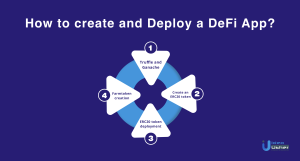
These four simple steps would surely help you in understanding the DeFi app development process:
Step 1: Truffle and Ganache
Truffle is a development environment, testing framework, and asset pipeline for Ethereum.
Before you start building decentralized applications (dApps), you’ll need to install Truffle.
Truffle provides the tools needed to compile smart contracts, deploy them to the network, test their functionality, and interface with your deployed contracts in an easy-to-use command-line interface.
When you start the project, you will find a blank project created. The folders you will find in the project are:
- Test: Tests of smart contracts are located inside this folder
- Migrations: Deployment scripts folder
- Contracts: Solidity smart contracts can be found in this folder
- Truffle-config.js: This is the truffle configuration file
Next, install Ganache, which allows easy, fast, and most importantly, free deployment of your smart contracts.
Ganache is an Ethereum client for developers built on top of the EthereumJS stack. It provides a user-friendly console that makes it easy to create accounts and deploy and instantiate contracts from the command line.
Note: You can also use Geth or parity if you want to connect to a real network instead of a ganache.
You can use either a command-line tool or a desktop application for creating and deploying these smart contracts.
Step 2: Create an ERC20 token
Creating your custom ERC20 token is not only easier than you might think, but it’s also an excellent way to learn more about the Ethereum blockchain and smart contracts.
If you don’t know what an ERC20 token is, it’s the most popular type of token out there. It is used by almost all ICOs (Initial Coin Offerings) that are hosted on the Ethereum Blockchain.
ERC20 tokens are an interface standard or technical specification that defines specific requirements that an Ethereum-based token must implement.
The purpose of these tokens is to provide a way for other developers to understand how new tokens will function within the Ethereum ecosystem. This means that if a developer understands the basic rules of an ERC 20 token, they can quickly develop applications that support any ERC 20 based token, which is most of them!
Step 3: ERC20 token deployment
In a generalized sense, To deploy your token, please follow these steps:
- Create a new contract on Etherscan.
- Go to Create Token section of the page.
- Paste ERC20 ABI into JSON Interface (you can get it here or create it on the ethereum website).
- Set Token Name, Token Symbol, and Decimal Places (check example).
- Token sale open date & time is now + 1 hour; you can change it if needed.
-
Press generate. Immediate deployment of a token.
Step 4: Farmtoken creation
There are two ways to create tokens. You can make them by releasing a new token into the Ethereum ecosystem, or you could mint tokens to an existing ERC20-compatible contract like Farmtoken.
In the farmtoken project, you can create an ERC20 token easily. The farmtoken includes a smart contract template that is deployed on the Ethereum network. The template consists of farmcoin and farmercoin, but you can delete it and add your own token. It also includes the basic functions of the ERC20 protocol. You can create your token in just 5 minutes.
The idea matters as much as the development steps. So let’s dive into some amazing new DeFi development ideas that are ready to change the future.
Amazing DeFi Developments
What is DeFi app? It can not be boxed under one development idea. It is an umbrella term for so many different development ideas:
Yield Farming
The most lucrative yield farming opportunities in crypto are today present through decentralized finance (DeFi) protocols. In a DeFi world, anyone with a computer and an internet connection can borrow and lend on the blockchain at a relatively low cost.
Wallet Development
Wallet development through DeFi is one of the best ways to solidify the necessity of DeFi. One of the main barriers to overcome is for users to have a reason to need it. We provide this through the use of Wallet Development. This can be an opportunity for developers to create exciting tools helpful for the Ethereum community.
Developers can utilize open-source libraries that allow them to create their wallets built into dapps that users are already using. These are dapps that are essential, dapps that people use every day. The use of open-source libraries allows developers to create these dapps with ease, giving them more time to actually develop what they were aiming for in the first place, an awesome dapp!
We propose that DeFi provides a way for developers to build out their vision while providing essential services to the Ethereum community.
Related Read: Decentralized App Development/DApps (secrets revealed)
E-Commerce Development
Ecommerce Development is the most crucial process in any business. DeFi is an effective and efficient eCommerce development company with rich experience in building e-commerce solutions.
One of its outstanding examples is Koinify. It is a decentralized platform that aims to create applications for digital goods and services without having to rely on centralized infrastructures.
Crowdfunding
Crowdfunding has been a big hit for startups, as it allows them to raise money from a large group of people who believe in their business and want to see it succeed.
With the emergence of blockchain technology and cryptocurrencies, a new form of decentralized finance is being developed – DeFi. It is expected that this will complement existing cloud-based finance solutions and usher in a new era of transparent and trustless financing options.
DeFi will allow users to establish their credibility through the system’s smart contracts and access different services based on blockchain technology. Users can also interact with other DeFi projects. Once installed, they will use their reputation across different platforms and create wallets that effectively act as personal banks.
DeFi Tokens
DeFi tokens are the best way to secure your assets. You can convert your gold and other properties into digital assets. This provides their high value, security in a very robust way.
DeFi is a rage among people, but some of them apps shine more than others. Following are some of the best Decentralized Financing apps that have gained popularity in recent times.
Best 5 DeFi apps in the US, and Europe
1. DeFizap
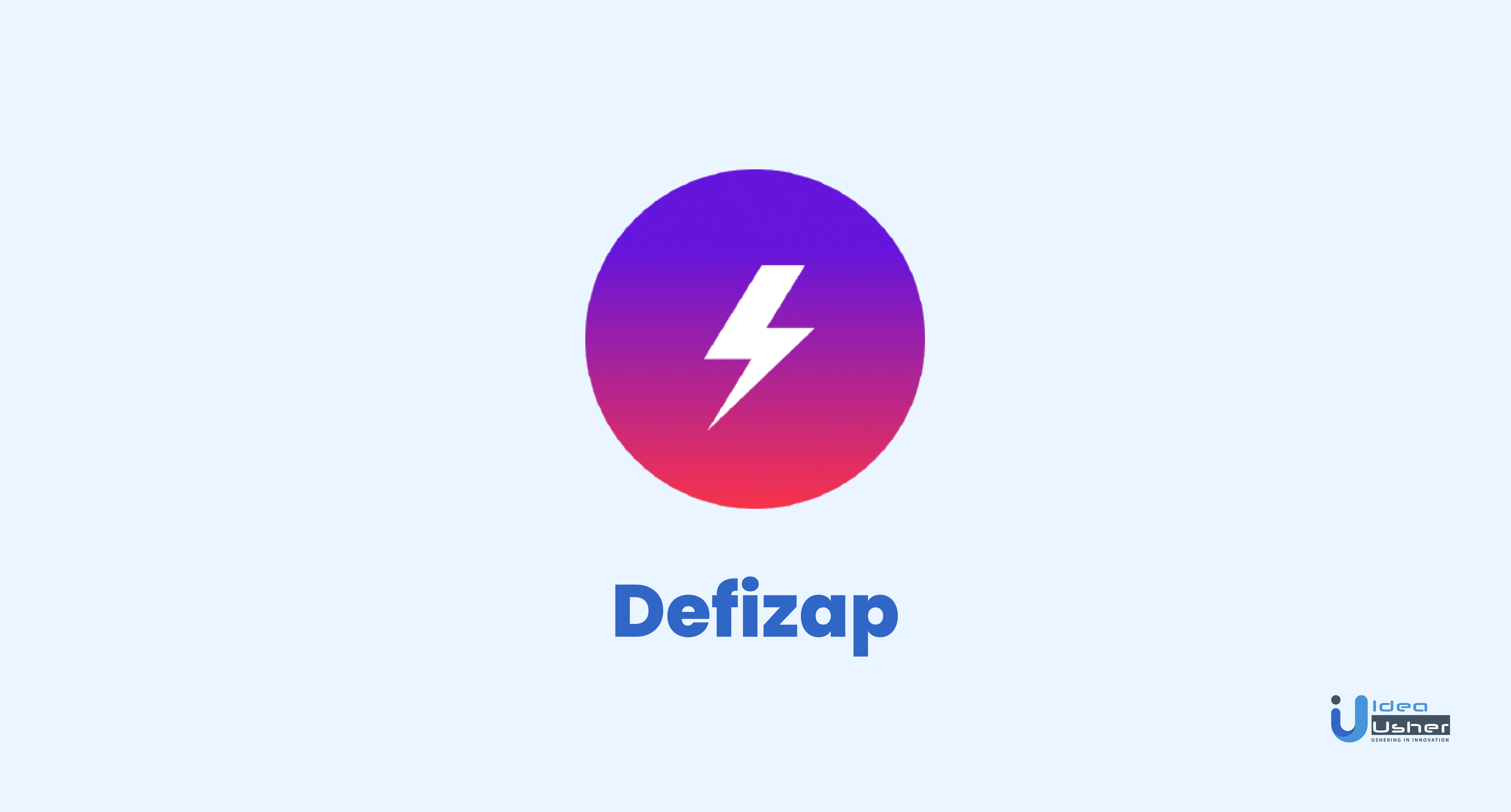
The DeFiZap project is a platform where several decentralized applications for financial services are combined, which allows the user an easy way to execute complex strategies in a few clicks. The DeFiZap project uses several protocols to reduce steps needed to visit applications. This allows users to perform complex strategies in a few clicks. DeFiZap is popular for its LLPs (Leverage Liquidity Pools).
2. Kyber Network
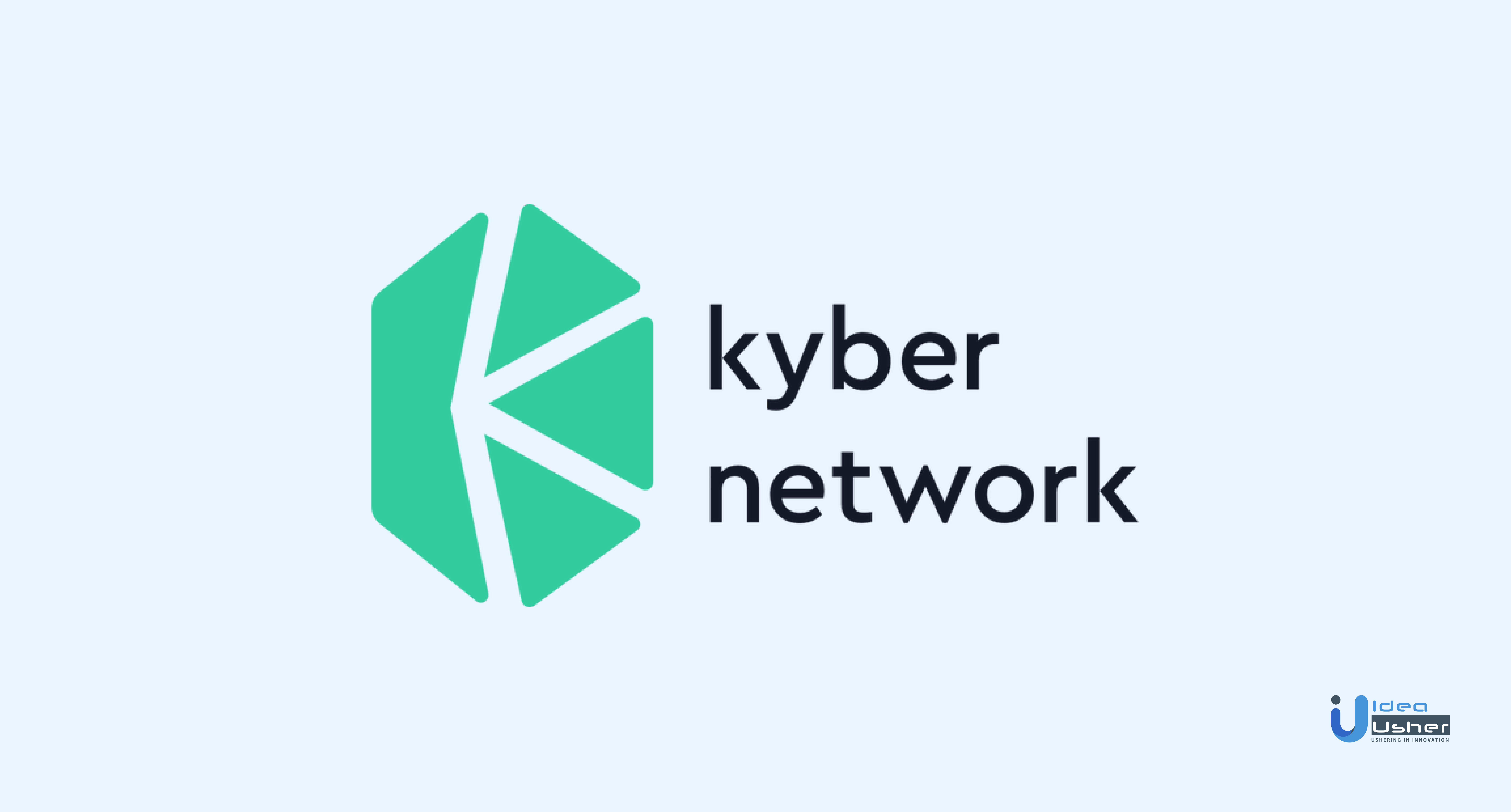
Kyber Network is one of the most popular decentralized exchanges on-chain. The number of users has grown steadily since May, which implies its popularity.
KyberNetwork will be the “token exchange of the future”, allowing seamless instant conversion of cryptocurrencies.
This mechanism is similar to exchanges now used to convert fiat currencies (such as USD) to cryptocurrencies (like BTC) via centralized liquidity providers. KyberNetwork will perform orders using the existing order book of these exchanges but with lower costs.
3. Uniswap
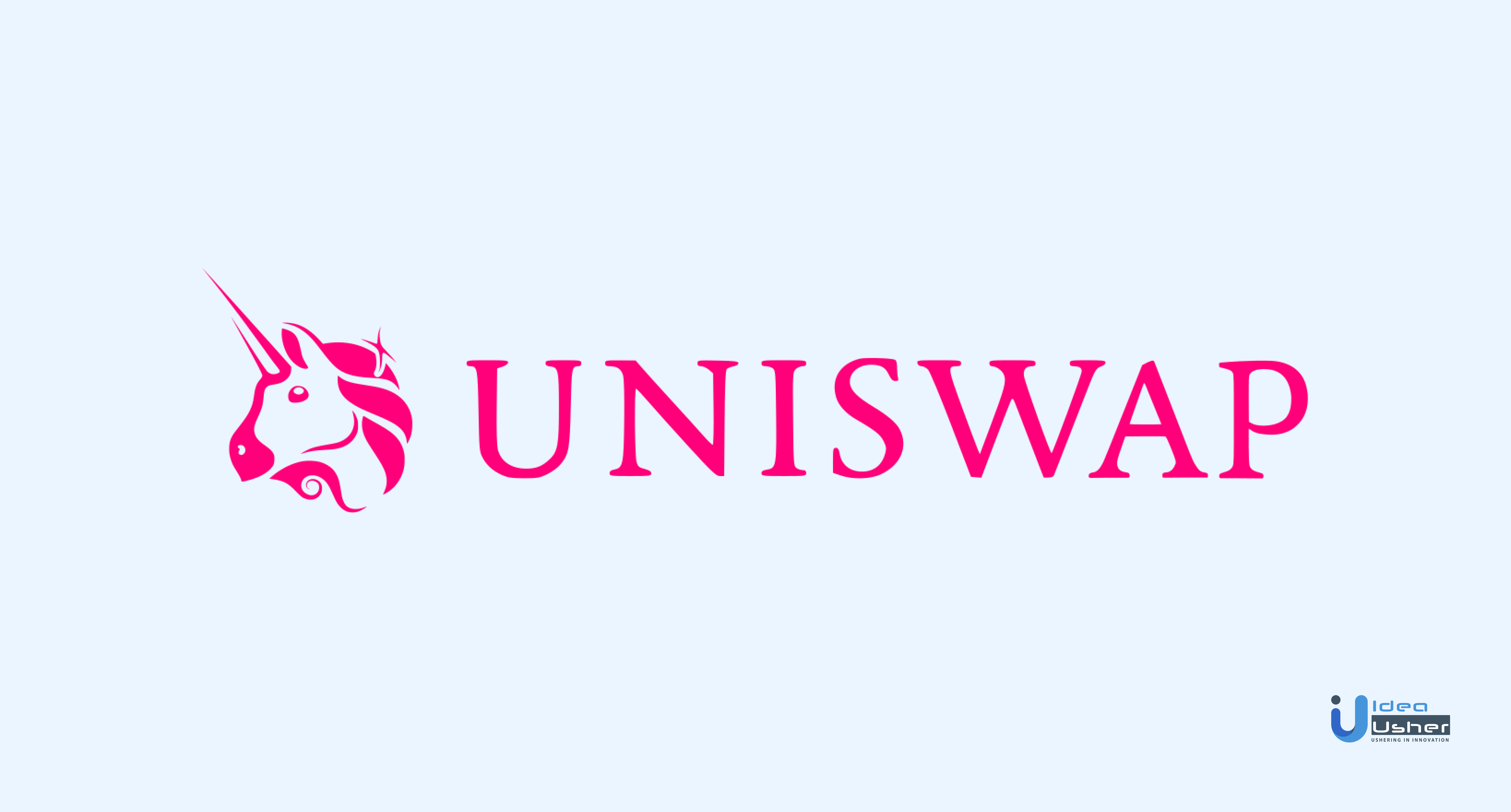
UniSwap is a fully decentralized protocol for automated liquidity provision on Ethereum.
The protocol enables a user to create a single token, called a Lender Token (LT), and sell it on a decentralized exchange called the Swap Protocol. The funds from the LT sale are then locked into a smart contract, which provides the lender with an annual interest rate of 5% paid in ETH.
Their tagline is: Swap, earn, and build on the leading decentralized crypto trading protocol.
It is a growing network of DeFi traders, developers, and liquidity providers.
4. Compound
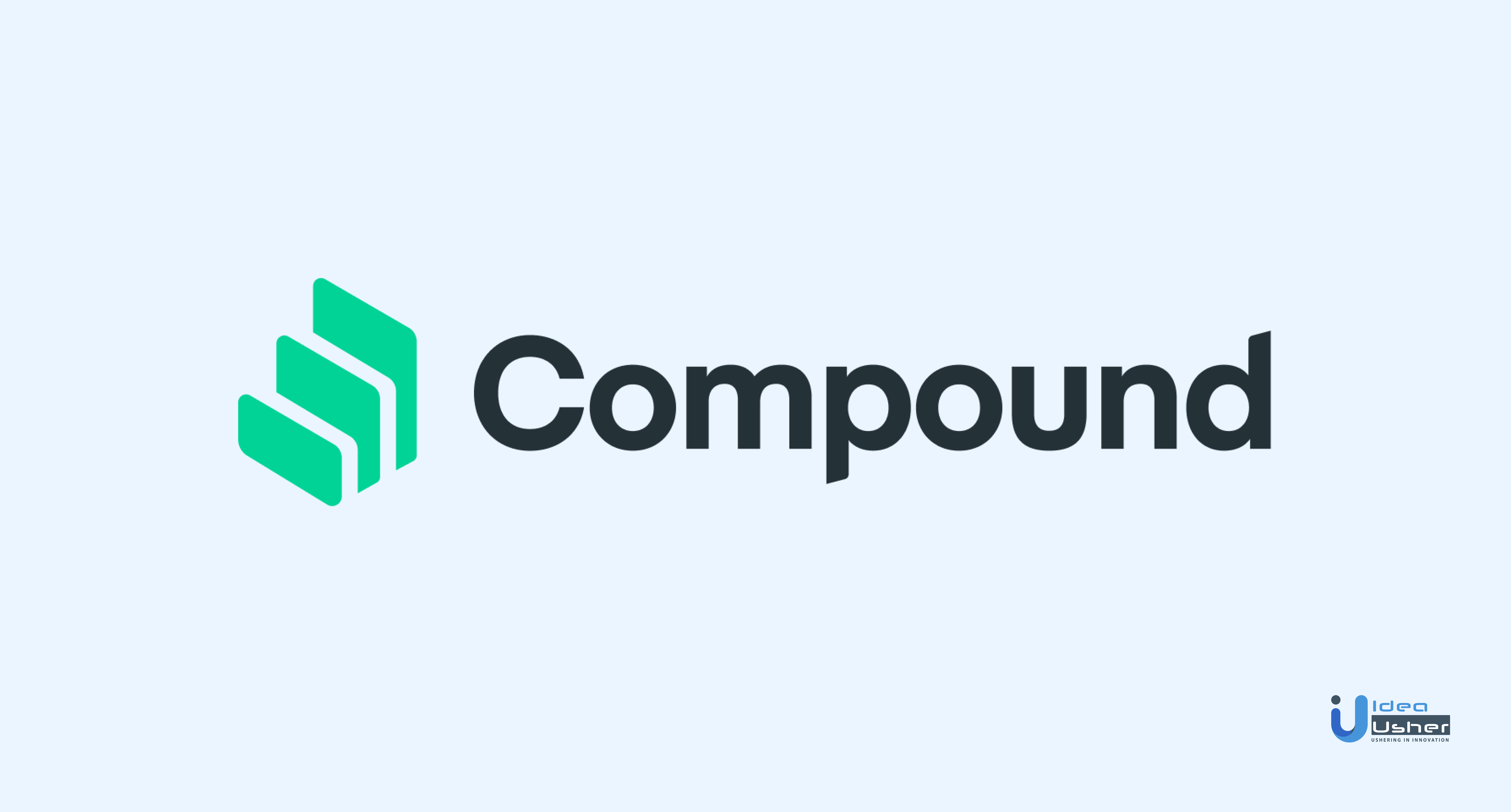
Compound is a money market protocol that allows users to earn interest and borrow crypto assets against collateral.
It is a new way for anyone with crypto assets to earn interest in them, using various strategies from arbitrage, voting pools, and shorting crypto assets. Compound enables anyone with crypto assets to earn interest on their holdings or leverage those holdings as collateral for loans from other users.
5. OpenSea

OpenSea is a decentralized marketplace for Crypto Collectibles. Crypto collectibles are unique digital assets that can be collected, traded, and sold like traditional items such as sports memorabilia. Still, instead of being made of paper, they’re created on the blockchain using non-fungible tokens (NFTs).
This is the first dApp that allows people to trade these non-fungible tokens without encountering the same problems that collectibles marketplaces face.
With OpenSea, anyone can create their crypto-collectibles inside their wallet and list them for sale or buy ones that others have recorded. This means it’s easier than ever to turn your game assets into real money.
Read more: Develop An NFT Marketplace App Like OpenSea | Idea Usher
There are so many DeFi apps in the market, but now that you are ready to develop your own, start researching the best apps!
Takeaway
Now, you know what is Decentralized financial app is. So, the final question remains: Can I earn revenue from my DeFi app? You absolutely can earn good revenue from your mobile application, and it doesn’t have to cost a fortune!
Want to know more about what is DeFi app is and how to make one? Contact us.

FAQs
Q. Are DeFi apps legal?
A. Yes, they are legal. But what kind of licensing is required depends on various factors. Some of these factors include where the app is being run, the tokens being used, and the app providing functions/services.
Q. What’s the best way to utilize DeFi technology for business?
A. There are multiple ways, as blockchain companies have been developing products for the past years. It is the best and highly emerging technology in the banking sector.
Q. Are DeFi apps costly to develop?
A. These apps can fit under your budget just like any other app development. Only you need to choose the right development team that gives value for money.
Q. Can DeFi apps be marketed?
A. Yes, these apps can be marketed easily through social media. Additionally, we can use SEO-optimized content and so many other promotional ways. We at Idea Usher always provide the best.
Q. How much revenue can a DeFi app earn on average?
A. If a DeFi app is very high quality, it can earn a lot of revenue. Moreover, it all depends on the demand and supply and the app quality.
